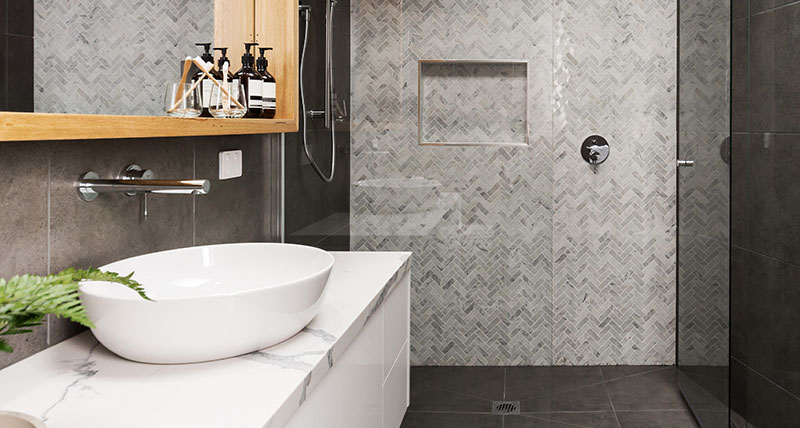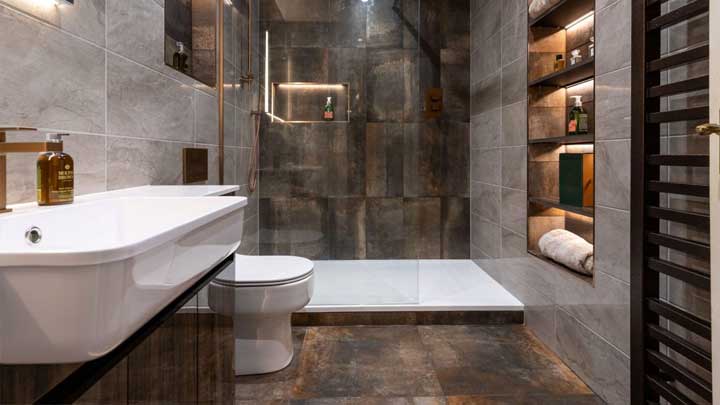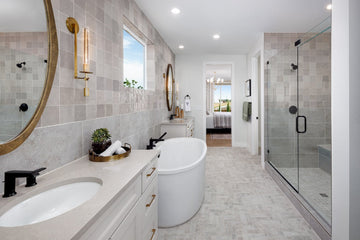In the rapidly evolving world of smart technology, ensuring bathroom device compatibility has become a crucial factor for both consumers and industry professionals. With the increasing demand for smart homes, the integration of technology into bathrooms is no longer a futuristic concept but a present reality. For those working in Industry QA, understanding how various devices work together in harmony is essential for creating a seamless user experience.
The concept of a smart bathroom includes a variety of devices, from smart mirrors to automated showers, each designed to enhance convenience, efficiency, and luxury. However, the key to truly maximizing these devices lies in their ability to communicate with one another, ensuring users can control and customize their environment effortlessly.

The Importance of Compatibility in Smart Bathrooms
When it comes to smart bathrooms, the importance of compatibility cannot be overstated. A lack of compatibility can lead to a fragmented user experience, where devices fail to interact as intended. This not only frustrates users but can also diminish the perceived value of smart technology.
For instance, consider a scenario where a smart shower system does not sync correctly with a smart speaker. The user might find themselves unable to adjust settings or play music through voice commands, which defeats the purpose of having a hands-free experience. Thus, ensuring devices are designed to work together is essential.
Moreover, compatibility is crucial for future-proofing bathroom technology. As new devices are introduced, they should seamlessly integrate with existing systems. This involves not only hardware compatibility but also software updates and protocols that enable communication between different brands and models.
Key Considerations for Industry QA
For professionals in Industry QA, several key considerations should be kept in mind when assessing bathroom device compatibility. These include:
1. Interoperability Standards
Understanding and adhering to interoperability standards is vital. These standards ensure that devices from different manufacturers can communicate effectively. Industry QA teams must verify that products comply with these standards, which can vary by region and technology type.
2. Software Integration
Software integration is another critical aspect. Devices should support common communication protocols like Wi-Fi, Bluetooth, Zigbee, or Z-Wave, allowing them to connect with smart home hubs or apps. QA teams should test these integrations to ensure smooth operation.
3. User Experience
The ultimate goal of smart technology is to enhance user experience. Therefore, QA professionals must assess how intuitive and user-friendly the integration process is. This includes evaluating setup procedures, control interfaces, and troubleshooting support.
For more comprehensive insights into how smart bathroom features can be customized, visit our article on smart mirror displays.
Challenges in Achieving Bathroom Device Compatibility
While the benefits of a compatible smart bathroom are clear, achieving this compatibility poses several challenges:
Firstly, the diversity of smart devices available can complicate integration. Each device may have its own requirements and limitations, making it difficult to achieve seamless communication.
Secondly, privacy and security concerns can impact compatibility. As more devices become interconnected, the risk of data breaches increases. Industry QA professionals must ensure that security measures are in place to protect user data while maintaining device compatibility.
Finally, keeping up with technological advancements is a continuous challenge. As new devices and features are launched, QA teams must remain vigilant in testing and updating compatibility standards.
Future of Bathroom Device Compatibility
The future of smart bathrooms looks promising, with advancements in AI and IoT leading to even more sophisticated features. As these technologies evolve, so too will the need for enhanced compatibility. We can expect smarter integration that not only meets current standards but anticipates future innovations.
To explore more about integrating sensors in bathrooms, which is pivotal for future compatibility, check out our detailed guide on sensor integration.
A study on the future of smart bathrooms reveals that ongoing research and development will play a significant role in overcoming current limitations and setting new standards.

FAQs on Bathroom Device Compatibility
1. Why is compatibility important in smart bathrooms?
Compatibility ensures that all devices work together seamlessly, enhancing user experience and avoiding frustration caused by non-communicating devices.
2. What challenges exist in achieving compatibility?
The main challenges include device diversity, security concerns, and keeping up with rapid technological advancements.
3. How can Industry QA professionals ensure device compatibility?
QA professionals can ensure compatibility by adhering to interoperability standards, testing software integrations, and focusing on user experience.
For those interested in exploring luxury features in smart bathrooms, our article on luxury features offers a glimpse into the high-end possibilities.






